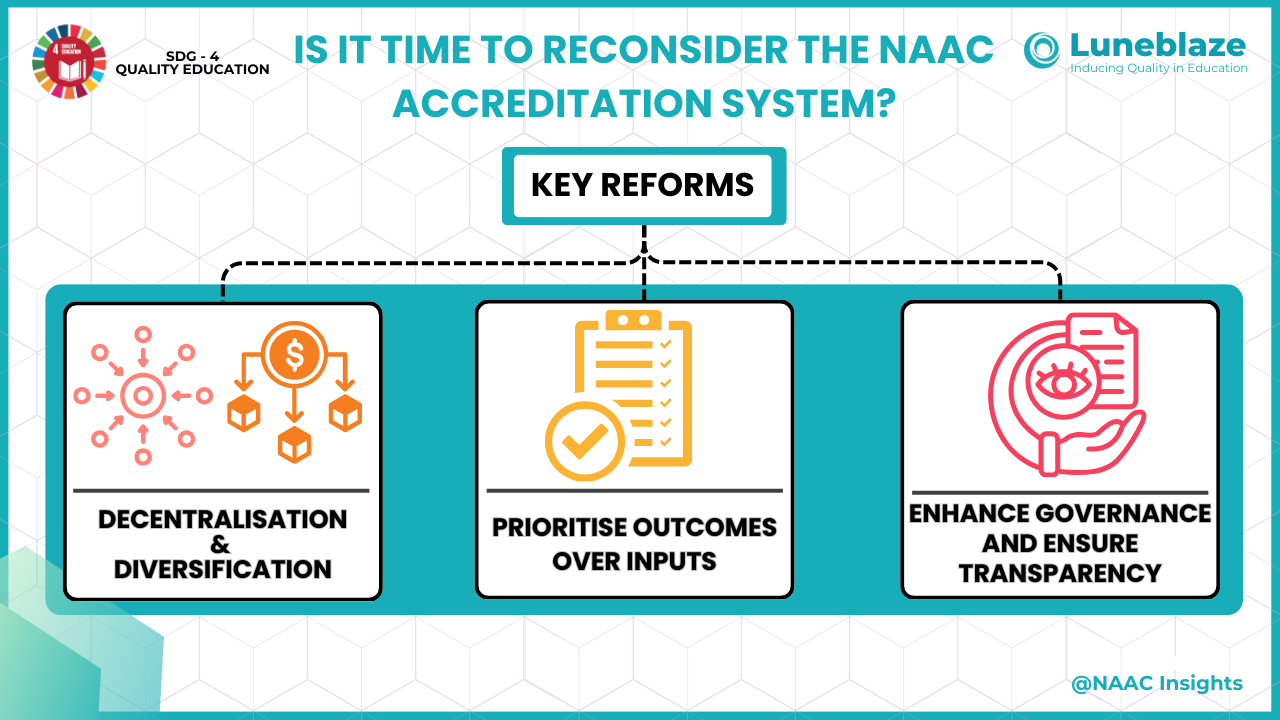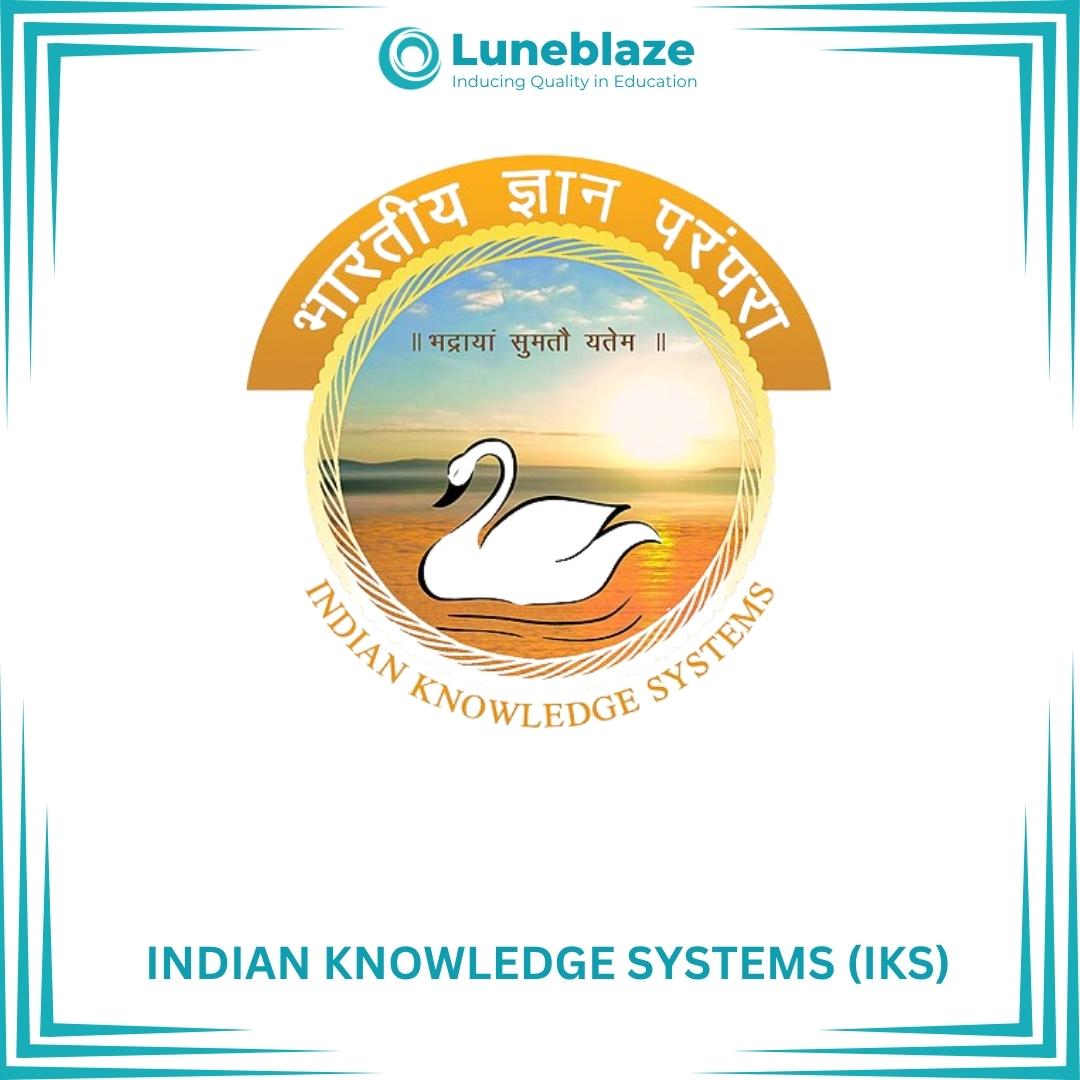Is It Time to Reconsider the NAAC Accreditation System?

15 Mar 25
For decades, Higher Education Institutions (HEIs) across India have displayed their NAAC accreditation grades like badges of honor, symbols of their commitment to academic excellence. Students and parents have relied on these ratings to make life-changing decisions, while faculty and policymakers have trusted them as benchmarks of institutional quality. But beneath this structured evaluation system, whispers of manipulation and favoritism have long existed, dismissed as mere assumption—until now.
The recent bribery scandal has shattered that illusion. The CBI's arrest of NAAC Inspection Committee members for allegedly accepting bribes to manipulate accreditation ratings has confirmed long-standing suspicions of corruption. Raids uncovered cash, gold, and evidence linking the scheme to KLEF officials and academicians from multiple HEIs. NAAC has barred KLEF from accreditation for five years and permanently banned the implicated reviewers. With ongoing evaluations under scrutiny and 10 arrests made, the case raises serious concerns about India's accreditation system.
A higher education institution’s quality is assessed through factors like curriculum, student outcomes, research and innovation, academic standards, faculty expertise, sustainability, and infrastructure, all of which influence funding and regulatory approvals. Higher-rated HEIs gain greater autonomy and increased access to government grants, allowing them to expand academic programs and enhance research initiatives. NAAC plays a vital role in shaping the national and international reputation of these HEIs, influencing student enrollment, faculty recruitment, and funding opportunities. However, concerns about inconsistencies in its ratings have persisted for years, with some higher education institutions lacking strong infrastructure and academic standards receiving higher grades than more reputed HEIs.
Following are key changes India must consider:
1. Decentralization & Diversification:
India needs to move beyond NAAC’s centralized control and establish multiple independent accrediting agencies, as seen in the US and Germany, to prevent excessive power concentration and allow HEIs to choose accreditors aligned with their academic focus. In the US, HEIs undergo rigorous self-evaluations before external reviews, fostering accountability and continuous improvement, while a peer-review model involving vetted academicians ensures ethical assessments resistant to corruption. Accreditation decisions and detailed reports are made public, enhancing transparency, unlike NAAC, which only publishes final ratings. To address this, some HEIs of Eminence and top universities should form not-for-profit accrediting bodies with well-defined operating procedures and the same authority as NAAC, fostering competition based on credibility, rigour, and transparency. Ratings should be based on thorough peer reviews by vetted academicians and industry experts, ensuring fair and informed evaluations, ultimately creating a system where HEIs are judged on academic merit rather than bureaucratic discretion.
Some of our HEIs of Eminence and top universities should come together to create not-for-profit accrediting bodies with well-defined operating procedures. These agencies should have the same authority as NAAC, fostering competition based on credibility, rigour, and transparency. Ratings should rely on thorough peer reviews by vetted academicians and industry experts, ensuring fair and informed evaluations. This will create a system where HEIs are judged on academic merit rather than bureaucratic discretion.
2.Prioritise Outcomes Over Inputs:
Accreditation should move beyond measuring inputs like infrastructure and faculty size and instead emphasize outcome-driven metrics. Countries like Australia assess HEIs based on research impact, graduate employability, innovation, and societal contributions—an approach India must adopt. By shifting focus to tangible results, accreditation can become a catalyst for institutional excellence rather than a bureaucratic formality.
To sustain quality, HEIs must embrace continuous improvement by incorporating student feedback and faculty development into their evaluation processes. A rigid grading system often promotes short-term compliance, whereas a more flexible, qualitative model—like that of the UK—encourages long-term growth and meaningful advancements in education.
3.Enhance Governance and Ensure Transparency:
Robust governance frameworks are crucial to preserving the integrity of accreditation. To deter malpractice, strict penalties must be enforced, with agencies found guilty of corruption or non-compliance facing severe consequences, including disqualification.
Transparency cannot be compromised. Rather than just publishing final ratings, accreditation bodies must make detailed evaluation reports publicly accessible, allowing students, parents, and stakeholders to assess an HEI’s true strengths and weaknesses. A risk-based evaluation system, similar to Australia’s TEQSA, would enable regulators to concentrate oversight on HEIs showing signs of decline or misconduct. Meanwhile, consistently high-performing HEIs should be granted greater autonomy and undergo less frequent reviews, reducing unnecessary regulatory burdens while maintaining accountability.
In response to recent controversies, NAAC has introduced new accreditation frameworks, incorporating online and hybrid evaluations. However, without deeper structural reforms, these measures alone will not be enough to restore confidence in the system.
Restoring trust in India’s accreditation system requires more than just policy tweaks—it demands a fundamental shift in how institutional quality is evaluated and upheld. As discussed earlier, the recent scandal has exposed deep flaws that can no longer be ignored, making it imperative to decentralize accreditation, adopt transparent evaluation mechanisms, and prioritize outcomes over mere compliance. Moving forward, India must embrace a model that fosters accountability, minimizes regulatory loopholes, and ensures that accreditation reflects true academic merit rather than bureaucratic discretion. By aligning with global best practices and implementing meaningful reforms, the accreditation process can regain its credibility and truly serve as a benchmark for educational excellence.
To assist HEIs in their accreditation processes, Luneblaze provides an AI enabled end-to-end solution to HEIs for all their accreditation criteria needs. With the help of Luneblaze’s AI-enabled solutions, HEIs can organize and manage all their data related to accreditation, streamlining the process and ensuring compliance with national standards.
Together, let’s raise educational standards. Reach us at: naac@luneblaze.com
Source: Times of India
Trusted by
100+
Institutions
worldwide
since 2017
Get started with Accreditation Excellence
Explore how our AI-enabled accreditation solution simplifies the accreditation journey








